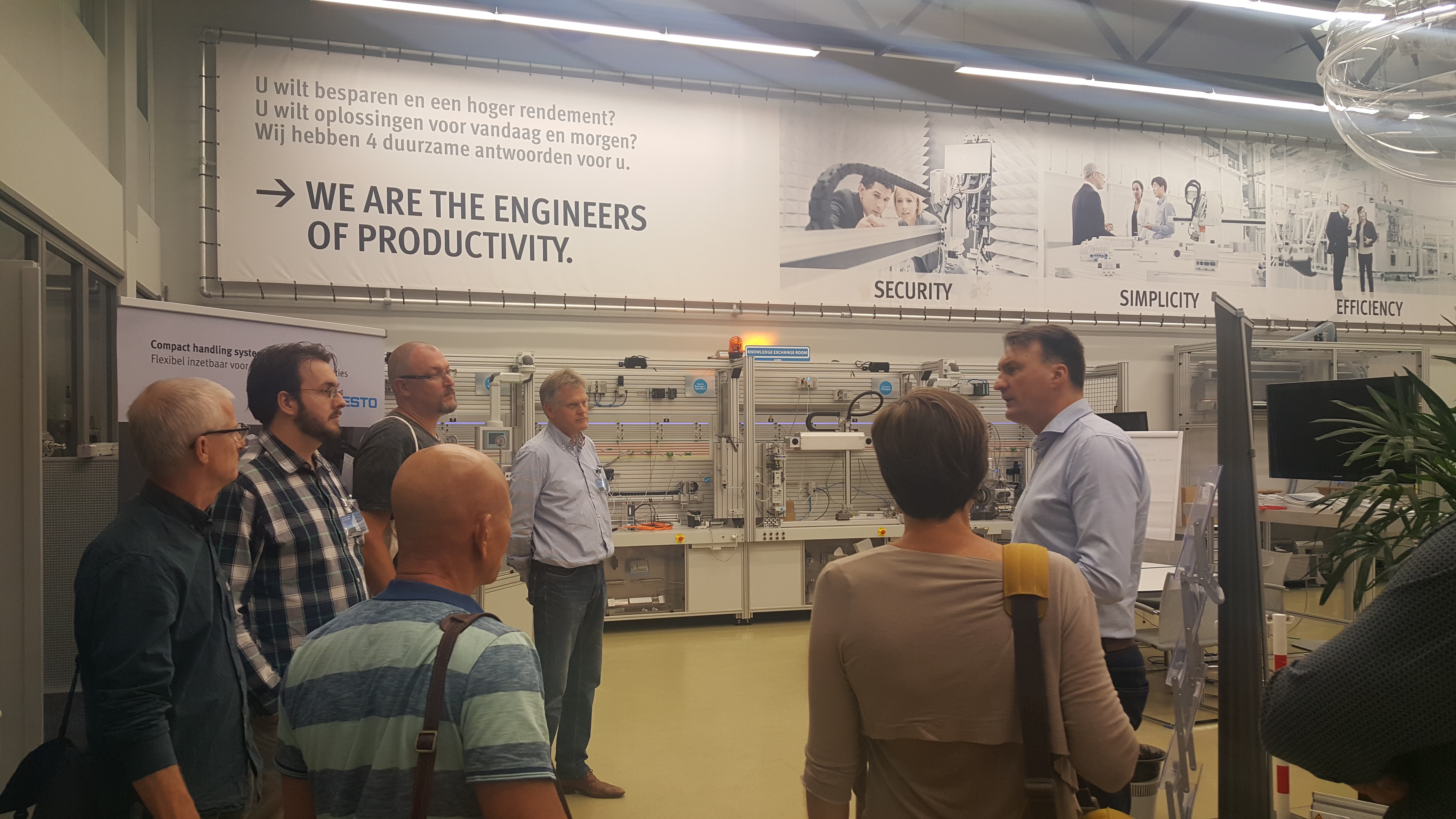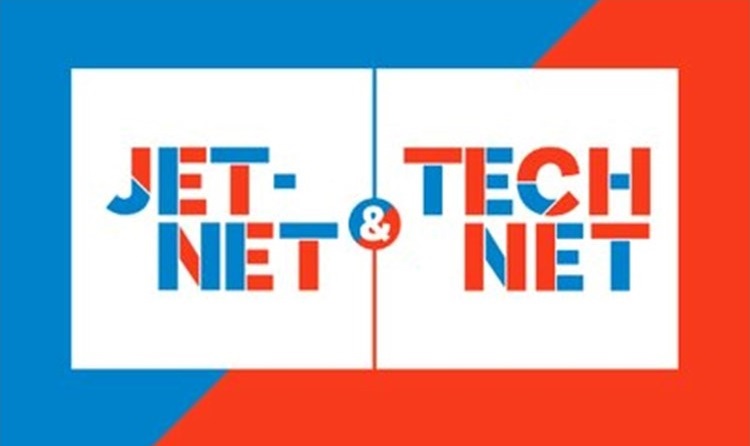Jet-Net & TechNet (JNTN), or "Youth Technology Network Netherlands" is a flagship programme of the Dutch National STEM platform (PTvT). It's main objective is to increase STEM uptake in secondary education by providing context to the curriculum. This is achieved through one-on-one partnerships between leading tech companies and secondary schools.
The programme was founded by five Dutch technology companies (Shell, Philips, DSM, AkzoNobel and Unilever) in 2002 and currently involves more than 90 technology companies and 180 pre-university secondary schools (aprox. 40% of total). In close collaboration with secondary schools, 'Jet-Net companies' develop an educational environment with practical content for the science curriculum and provide students with experiences that show that technology is challenging, meaningful and socially relevant.
Each of the school-company partnerships is supported by the national bureau and its regional coordinators in the development of an activity programme. These activities are supplemented by larger-scale regional and national events (e.g. Innovation Challenges, Career Days, debating competitions, etc.) as well as activities focused on specific target groups (e.g. female role models, activities focused on parents, etc.). An overview of the most commonly used JNTN activities can be found in the 'background documents' tab at the top of this page.
JNTN activities are based on the 'BètaTechMentality-model' (see 'publications' section for English-language version) which provides a comprehensive framework for targeting students based on their intrinsic motivation ('drijfveren') to study STEM subjects. More information about the BètaTechMentality-model (including English version) and underlying research can be found on the publication page (accessible via the 'publications' tab above).
In 2012 a version of the Jet-Net programme was launched in Denmark by the Danish House of Natural Sciences (Naturvidenskabernes Hus) under the label 'Jet-Net.dk' (rebranded in 2018 as the 'TekTanken'-programme). In 2020 the Basque Innovation Agency (InnoBasque) in Spain launched a pilot Jet-Net programme inspired by the Dutch Jet-Net model for school-company collaboration. More information about this initiative can be found in the taskforce dossier.











